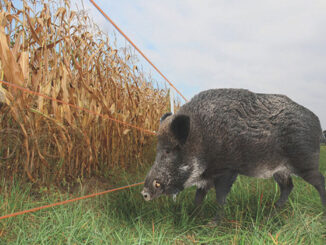
Balloons are often the protagonists of birthday parties, fairs and events. If, on the one hand, balloon releases into the sky are a way to celebrate an anniversary or a special occasion, on the other hand they may seriously affect the balance of our ecosystem.
The Risks of Floating Balloons for Animals
The damage actually occurs when the balloons, after floating in the skies, touch the ground again. According to estimates, in fact, about 70% of them end up in the seas and oceans, giving rise to lethal consequences for wildlife.
In particular, animals, both in water and on land, often mistake balloons for food sources. Among the most vulnerable creatures are sea turtles and jellyfish, which are often trapped in plastic waste. The most curious animals such as birds and dolphins remain dazzled by bright colors and tend to ingest balloons. As a result, they get serious stomach damage and intestinal blockages.
It is not only the risk of accidental ingestion that threatens the fauna. In fact, even laces and ropes combined with the balloon can cause serious risks for the safety of the animals. Birds, for example, may remain stacked between the laces and have difficulty flying. Seals and dolphins can also fall victim to strings, which may cause infections, amputations and drowning deaths.
Recent Studies About Balloon Releases
Balloon releases are therefore a major problem, and many organizations are studying them. One of the first companies to document the effects of balloons on the ecosystem is the Csiro (Commonwealth Scientific and Industrial Research Organisation) in Australia and Imperial College in London.
According to some of their estimates, more than 90% of seabirds have ingested plastics of various origins. Moreover, this incidence is expected to be around 99% by 2050. Balloons, however, are not the only ones responsible. A cause for concern is the amount of plastic waste (bottles, caps, bags) that we disperse every day in the environment.
Helium balloons do not only cause damage to fauna. Just think that helium, although present in large quantities in the universe, is a very rare element for the Earth. Using it to inflate balloons limits its use in other fields, such as cooling nuclear reactors and document storage.
If you want to celebrate a special occasion, you can opt for other alternatives with a lower environmental impact. For example, planting a tree could be a nice idea. If you want to evoke a feeling of lightness, blowing soap bubbles is much more sustainable than letting balloons fly in the air.








